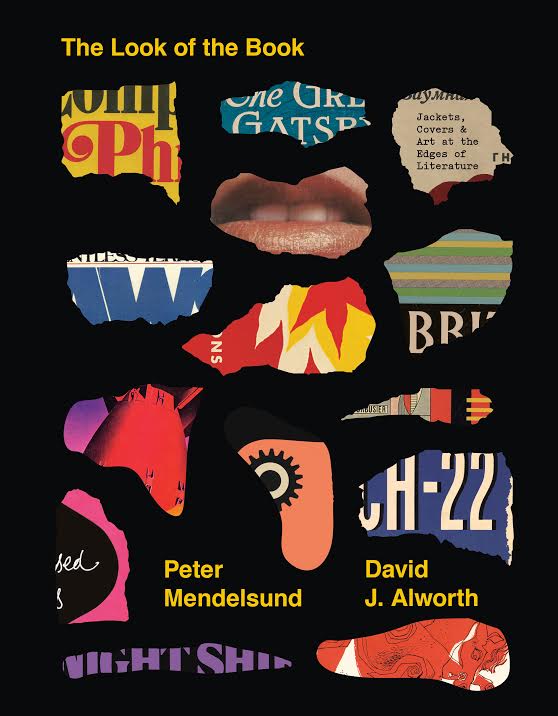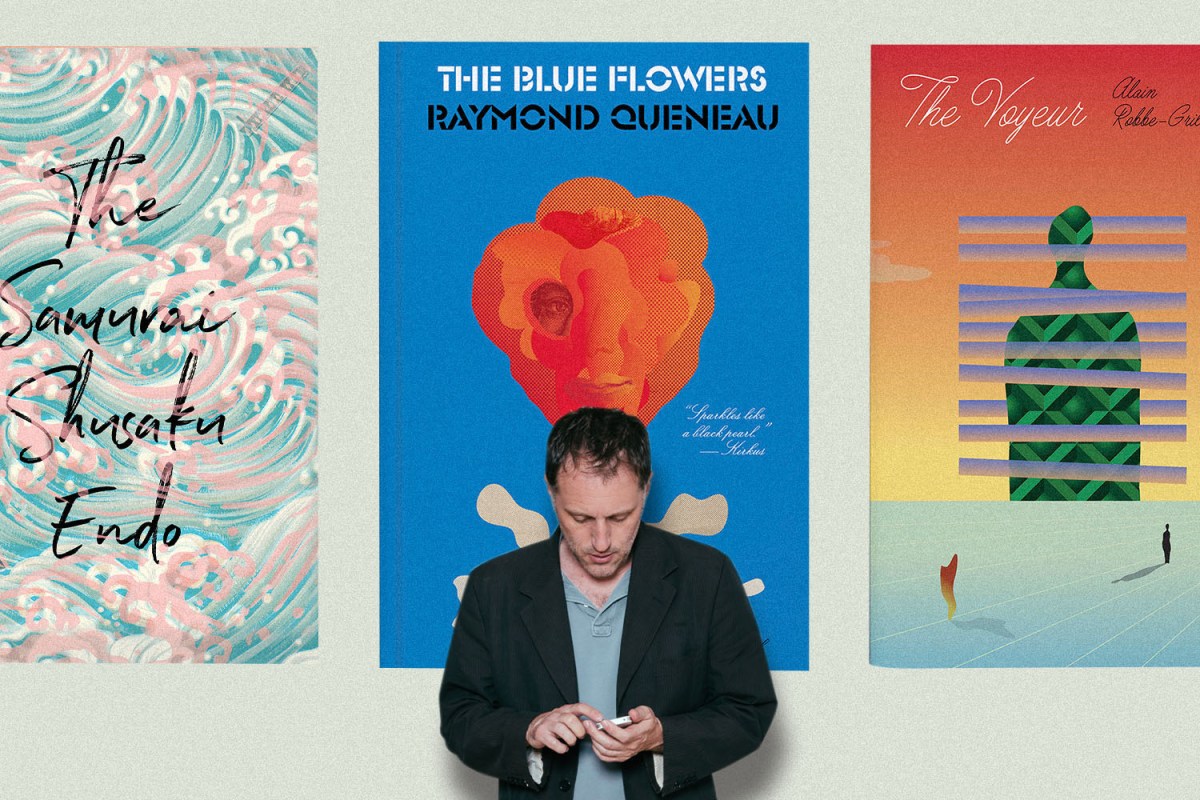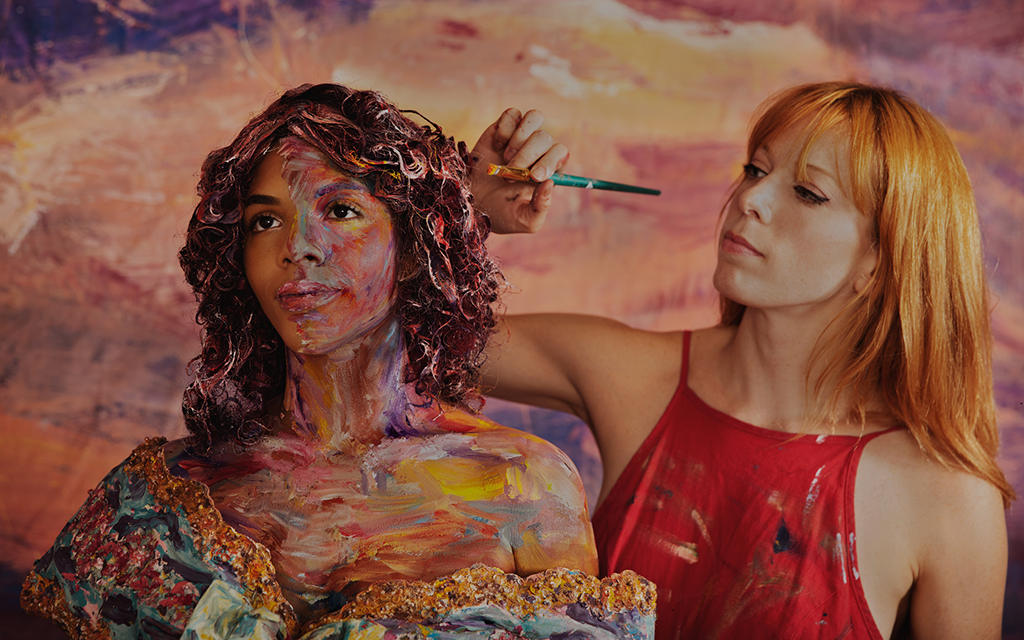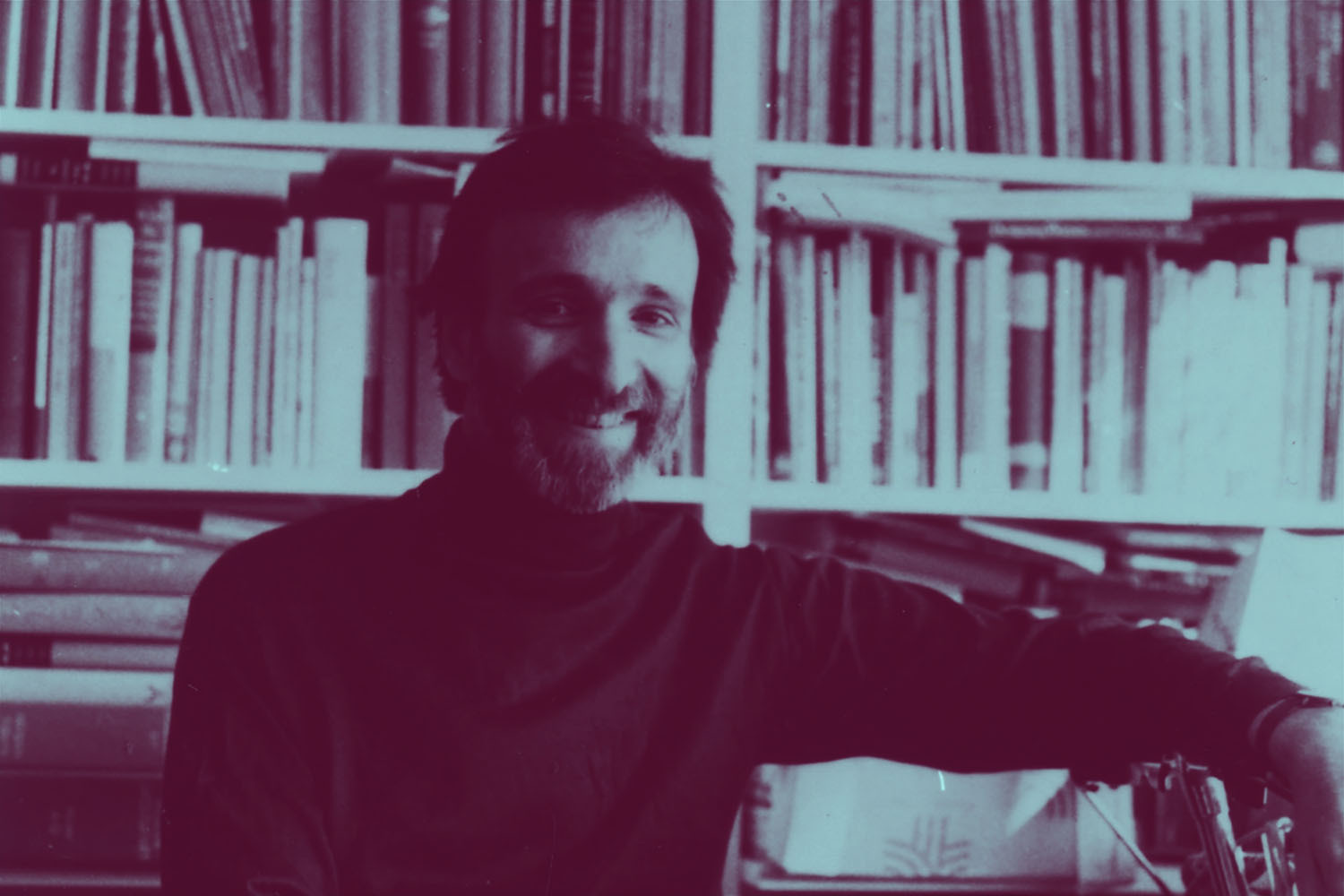Peter Mendelsund has a way of making everything that’s ever happened to him sound like an accident — and a lot has happened to him.
The creative director of The Atlantic who oversaw the historic magazine’s monumental 2019 redesign, Mendelsund is also the author of five books, a renowned book designer whose works the Wall Street Journal has called “the most instantly recognizable and iconic book covers in contemporary fiction,” a pianist, and — most recently — a fledgling painter.
“I’ve been wanting to do it since I started designing. Once I did, I just was totally smitten,” Mendelsund tells me from his Manhattan apartment on 111th St, where he’s recently returned after a month or so spent painting out in New Hampshire. With work at The Atlantic still fully remote, the creative director is actually looking to spend more time out in New England, where he’s currently searching for a studio to house his latest artistic endeavor.
“The idea is to find a studio that’s big enough,” he tells me. “The paintings that I do are fairly large” — not to mention he completed 17 of them in just a few weeks in New Hampshire — “so I’m looking for a studio rental right now that’s going to be cheap enough so I can do these big, sloppy paintings of mine and also maybe crash on the floor.”

Like many of us, Mendelsund seems to have stumbled into each chapter of his diverse, sprawling career more or less accidentally, by some combination of luck and circumstance. Unlike many of us, however, he has a tendency to find extraordinary, sometimes unprecedented levels of success in each subsequent stumble.
A musician turned designer turned novelist turned painter, this is a man with a Midas touch for the arts, a man for whom publishing a book — or several, in Mendelsund’s case — is simply “one of life’s weird inevitabilities.”
“No, it is,” he tells me. “Whether you want it or not, it’ll happen. It’s like a surprising osmotic part of living in the culture that we live in — your book will rise to the surface.”
In fact, another book of Mendelsund’s happened to rise to the surface just recently. Out this month from Ten Speed and co-authored by David J. Allworth, The Look of the Book: Jackets, Covers, and Art at the Edges of Literature is an exploration of the artistic medium for which Mendelsund — whether he likes it or not — is perhaps still best known: book covers.
Mendelsund may have spent 15 years designing some of the most iconic and ubiquitous book covers of the 21st century — he recalls an approximately eight-year period in which he couldn’t go on vacation without catching a glimpse of his cover design for The Girl With the Dragon Tattoo in the hands of some unsuspecting poolside lounger — but “book designer” was never really a role with which he identified. Much like every other aspect of Mendelsund’s career, his storied tenure as the best-known book designer of our time — second only, perhaps, to Chip Kidd, the man who interviewed him for the job in the first place — seems to have happened to him accidentally.
“It was totally accidental that I landed in book design,” says Mendelsund. A conservatory-trained pianist who began playing around age four, Mendelsund was a musician well before he was anything else, least of all a designer. “That was the general thrust of my life until my children were born in my early thirties,” he says. “More time has been spent in my life playing music than it has been doing anything of a visual or verbal or semantic medium.”
It was only after the birth of his first child prompted a need for health insurance and more stable income that Mendelsund started designing — which happened, of course, “through a series of very fortunate accidents,” he says. “I ended up getting an interview as a junior designer at Vintage Books, and then 15 years went by.”
Mendelsund still designs the occasional book cover for a particularly interesting project or as a favor to a friend, but as far as he’s concerned, he hung up his book design cap back in 2014, when he first started writing books instead of designing their covers.
“I haven’t identified as a book designer in many years,” he says. “What We See When We Read came out in 2014, and I would say that’s really the moment I started to think of myself more as somebody who thinks and writes than somebody who designs.”
In fact, for all his acclaim in the field of book design, Mendelsund himself isn’t particularly fond of book covers, generally seeing them as an impediment that inevitably colors a reader’s perception of a book. “As much as I love book covers — I love making them, it’s fun — I don’t love the fact that there’s somebody between me and the text.”
These days, actually, the renowned book designer who never wanted to be a book designer tends to simply rip the covers off his books altogether. “If it’s a paperback, I’ll rip the cover off,” he says. “The books that are most important to me in my life don’t have covers on them.”
For someone who’s spent the better part of six years actively working to distance himself from the book designer identity, the idea of now publishing a book about book covers was a bit nerve-wracking. “I was, to be completely frank, a little nervous about the idea of having this book come out, just because I had been working pretty hard to distance myself from the idea of being ‘the book designer,’” says Mendelsund.
Ultimately, however, he’s come to see The Look of the Book as something of a fond farewell to the accidental career in which he accidentally made his name.
“It feels like a little bit of a farewell for me, but also kind of like an assessment of this profession that I happened to stumble into for this brief period in my life, and then fall back out of. The timing felt right,” he says. “Let’s just hope that the review of the novel doesn’t call me ‘Designer Peter Mendelsund.’”
For all Mendelsund’s book-cover-ripping ways, his decade-and-a-half career in book design wasn’t really such a bad gig.
“I don’t necessarily miss doing it, but I was incredibly happy during that period,” he says, noting a certain “simplicity to the task” that made book design a less daunting artistic endeavor than the other creative mediums he’s pursued before and since.
“It’s a very simple prompt: Read this book, put how you felt about this book in this rectangle, and then move on to the next one. It was like rinse and repeat,” he says. “Unlike a work of fine art or a novel or something, there’s no reason you have to do something that’s considered profound. You don’t have to worry about profundity.”
In some ways then, the creative output for which Mendelsund has been most widely hailed represents a much simpler endeavor than the more creatively taxing mediums he’s pursuing these days.
“Of all the art forms, which are themselves naturally neurosis-producing or exacerbating or inward to an uncomfortable degree, writing is the worst,” he says, though he’s been warned he may soon feel the same way about painting. Right now, Mendelsund finds a certain ease in his latest creative foray, but a gallerist back in New Hampshire took it upon herself to warn him that “‘people really suffer when they make their paintings.’”
While Mendelsund is no stranger to the plight of the neurotic artist, the romantic model of good art as the exclusive result of internal strife isn’t necessarily one to which he subscribes.
“It doesn’t have to be hard, categorically. Some things are good that are easy to produce.” In fact, he adds, “Some of the best things I’ve ever made in whatever medium were things that happened despite me, in a kind of fugue state.” Like most things Mendelsund has accomplished, great art, it seems, is often something that “happens to you,” more or less accidentally.
That said, for all the serendipity and happy accidents through which Mendelsund’s career seems to have developed, he admits his success wasn’t simply effortless.
“A lot of it is just putting in the hours. You can’t write a novel without having some sense of discipline — ingraining the habit of just sitting down and doing the work.” However, he adds, “There’s no reason it shouldn’t be a joyous process. As a person my age, I just feel like if it’s not going to be enjoyable, then I don’t understand the point. There has to be joy.”
Right now, Mendelsund is finding that joy in painting. “I don’t know what the future holds, but that’s where my heart is right now.”
But as a man rightfully wary of ending up pigeon-holed into an artform he’s just trying on for size, he’s already found himself trying to avoid yet another label.
“This is a very new thing and my friends are mocking me because of it. They’re like, ‘Oh, you’re a painter now?’” says Mendelsund. “And I just want to say — fuck, you know? I’m just me, I’m just painting. It doesn’t make me a painter.”
But when you’re a creator who seems to stumble into success as often and easily as Mendelsund, people tend to assume you’re a master of every field you touch. For his part, however, Mendelsund knows there’s a fine line between being a Renaissance man and a jack of all trades.
“In my worst moments, I think, ‘Oh God, I’m such an amateur.’ I’m just an idiot who keeps trying out things and can’t quite settle,” he says. “But the truth is, I really do believe that there are things to be learned from not digging down into a single silo — not locking yourself into a particular form or self-definition.”
Unfortunately, the rest of the world doesn’t tend to see it that way.
“I was joking to a friend of mine recently about how many times in reviews they’ll open with ‘Designer Peter Mendelsund’s new book,’” he says. “I guess it’s just easy to pigeonhole or index somebody in a particular way, to slap that kind of label on them, but I’m really resistant to it.”
Mendelsund isn’t even particularly interested in labeling himself. He was a pianist first, “and that really comprises about 30 years of my life, so in that way I think of myself more as a musician than I think of myself as a designer.” But now, six years and five books post-design, “It’s tempting to think of myself as a writer,” he says. “But I’ve been painting now. So I just — I guess I think of myself as just a person, honestly.”
Mendelsund himself may not be able to keep up with his own ever-shifting labels, but Google is trying. Last year, the search engine finally updated Mendelsund’s knowledge panel from “designer” to “author.”
“It’s a bummer when a bot tells you what you are on some level, but this is 2020, this is where we’re at,” says the Google-sanctioned author. And if the internet has to label him, Mendelsund would rather Google call him a writer than a designer.
“I’ve never been happier. I was just like, ‘Oh finally,’” he says. “But I’ll bet you that in a couple of years I’ll want that to change again.”
This article appeared in an InsideHook newsletter. Sign up for free to get more on travel, wellness, style, drinking, and culture.
























